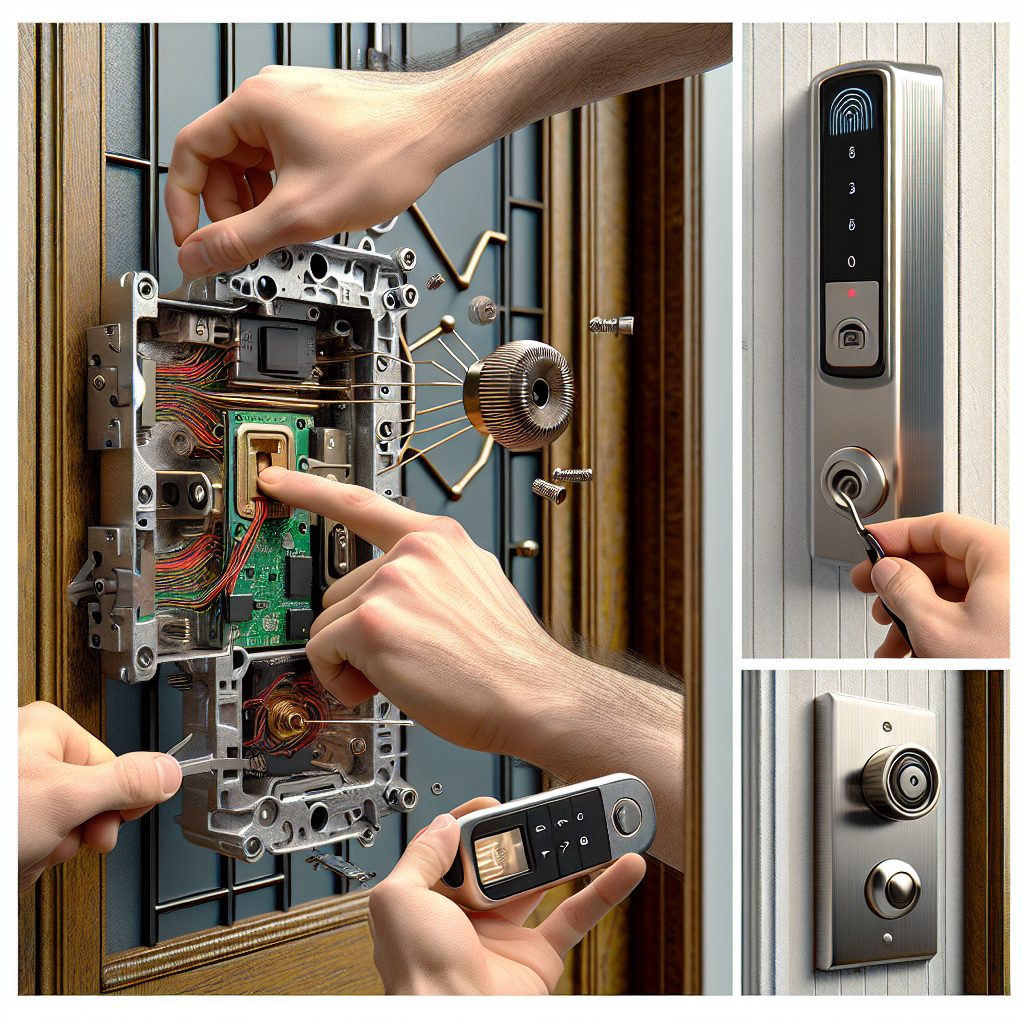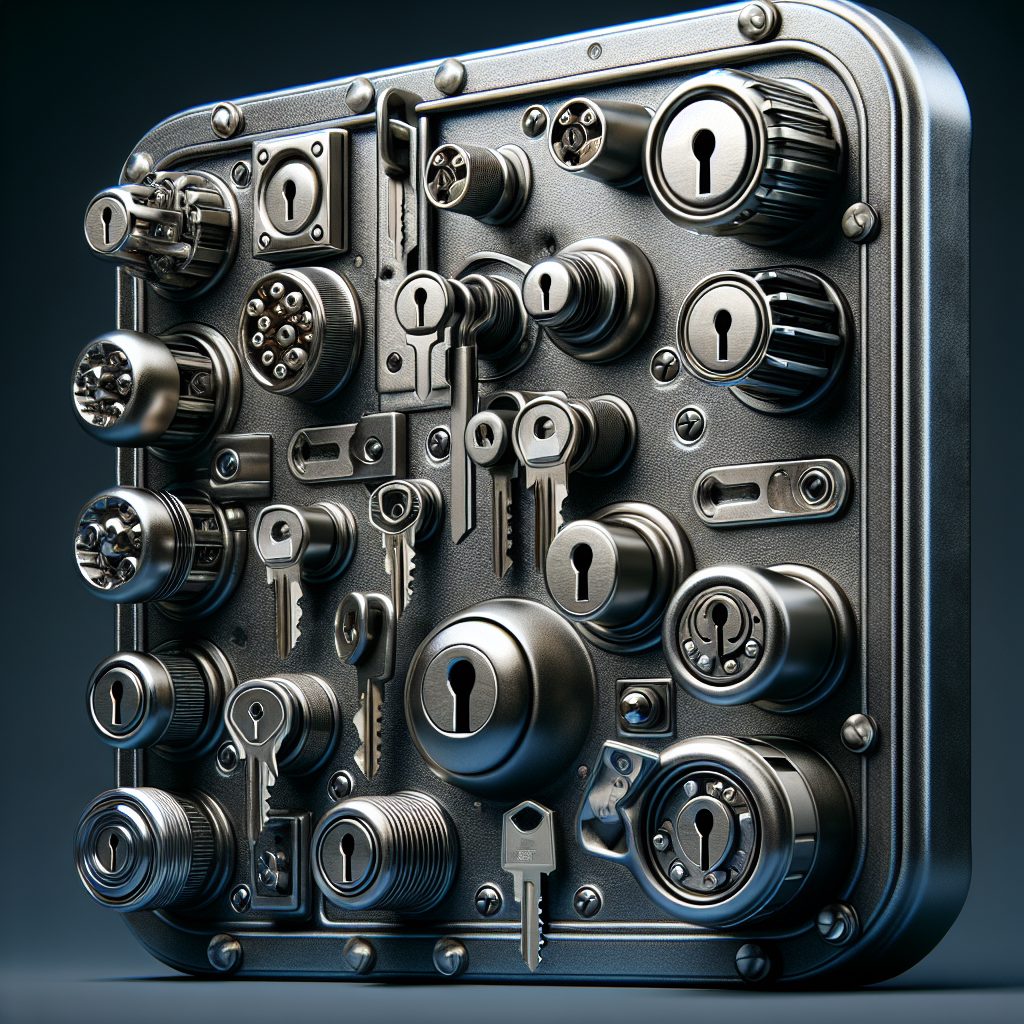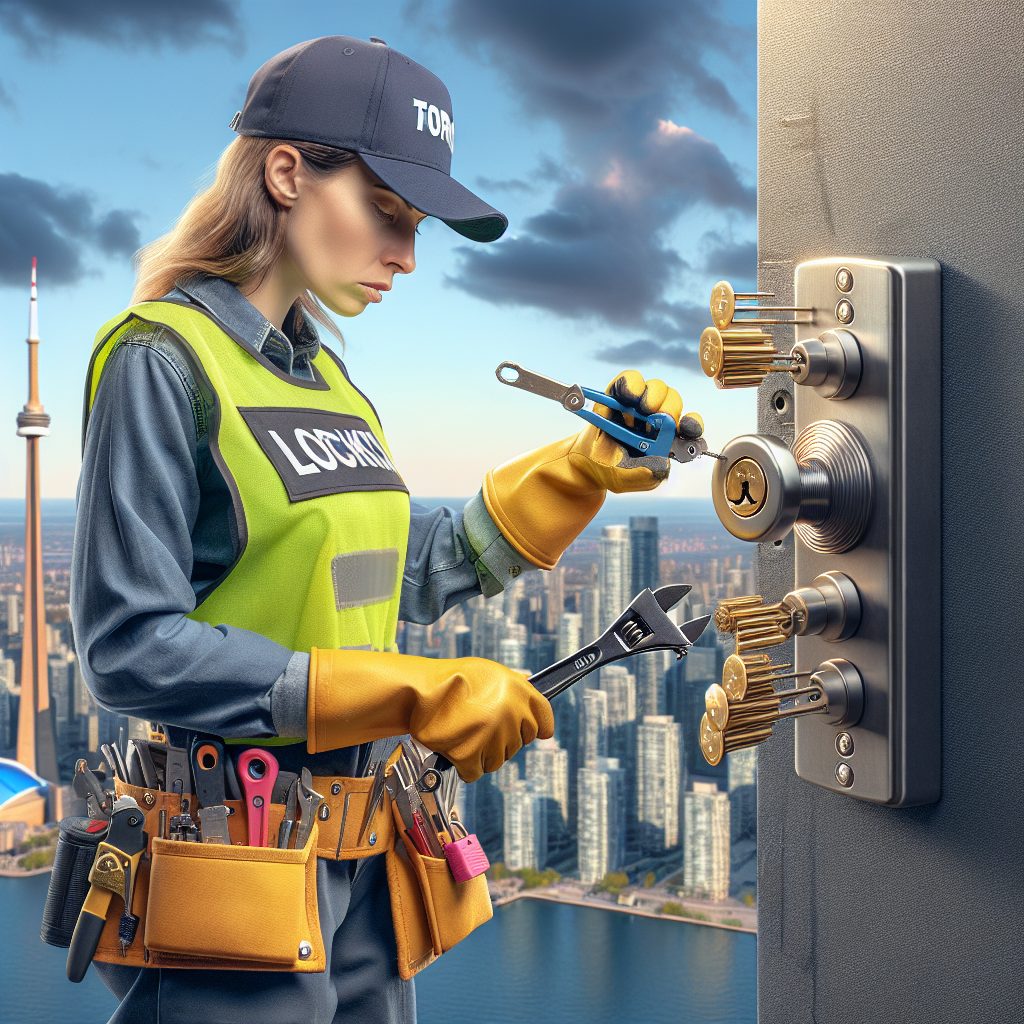Biometric lock installation is becoming increasingly popular in Toronto due to its advanced security features and convenience. Biometric locks utilize unique physiological characteristics, such as fingerprints or facial recognition, to grant access to authorized individuals. This not only eliminates the need for keys or PIN codes but also ensures a higher level of security as biometric data is extremely difficult to duplicate or manipulate.
In addition to enhancing security, biometric lock installation offers several other benefits. For instance, it provides a seamless and user-friendly experience, as individuals no longer need to carry around keys or remember complex codes. Biometric locks are also tamper-proof, as they are designed to resist hacking or unauthorized access attempts. Moreover, these locks can be integrated with other security systems, such as alarms or surveillance cameras, to create a comprehensive security setup for residential or commercial properties.
Moving forward, this article will delve into the key takeaways of biometric lock installation for Toronto residents. We will explore the advantages of choosing biometric locks over traditional lock systems, discuss the different types of biometric locks available, and provide a step-by-step guide for successful installation. Whether you are a homeowner or a business owner in Toronto, understanding the intricacies of biometric lock installation can empower you to make informed decisions when it comes to securing your property.
Key Takeaways
1. Biometric locks provide a highly secure and convenient option for home and business owners in Toronto. These advanced locks use unique physical attributes, such as fingerprints or iris scans, to ensure only authorized individuals can access a property.
2. Before installing a biometric lock, it is crucial to assess the specific needs and vulnerabilities of the location. Factors such as the number of users, power supply, and environmental conditions should be considered to ensure the chosen lock model is suitable.
3. Proper installation is key to maximizing the effectiveness of a biometric lock. It is recommended to consult professional locksmith services in Toronto, as they possess the expertise and tools to ensure correct installation, avoiding potential malfunctions or vulnerabilities.
4. Regular maintenance and updates are essential for the longevity and optimal performance of biometric locks. It is important to stay updated with the latest firmware releases and test the lock periodically to identify any issues or potential weaknesses.
5. Alongside the installation and maintenance of biometric locks, it is vital to establish proper protocols for user management. This includes securely registering and removing users, as well as setting up appropriate access levels and permission settings to maintain a robust security system.
What are the Steps to Install a Biometric Lock in Toronto?
Gather the Necessary Tools
To begin the installation of a biometric lock in Toronto, you need to gather the appropriate tools. These typically include a drill, screwdriver, tape measure, pencil, level, and the lock system itself. Make sure you have all the required tools before you start the installation process.
Select the Appropriate Location
Choosing the right location for your biometric lock is crucial for its effective functioning. Look for a suitable spot that is easily accessible and convenient for users. Ensure that the lock is not obstructed by any object, allowing unrestricted access.
Prepare the Door
Before installing the biometric lock, you need to prepare the door to accommodate it. Use a tape measure to mark the desired height and placement of the lock. Use a pencil to draw the outline of the lock plate and drill guide.
Drill Holes
With the help of a drill and appropriate drill bit, bore holes at the marked locations on the door. Follow the manufacturer’s instructions and make sure the holes are correctly sized for the lock components.
Install the Lock
Place the lock components into their designated positions and secure them with screws. Ensure that all the parts fit snugly and align properly. Check the instructions provided with the lock system to correctly install and assemble all the necessary components.
Test the Lock
Once the lock is securely installed, it is essential to test its functionality. Check if the biometric features, such as fingerprint recognition, operate smoothly. Confirm that the lock opens and closes without any issues.
Set Up and Program
After the successful installation and testing of the biometric lock, it is time to set up and program the system. Follow the manufacturer’s instructions to configure user access, such as adding fingerprints or other authorized methods of entry.
Provide User Instructions
To ensure that the users can fully utilize the biometric lock, it is a good practice to provide clear instructions on its operation. Explain how to enroll fingerprints, grant access, and troubleshoot common issues. Ensure that users understand how to use the lock effectively and securely.
Regular Maintenance
To keep the biometric lock in optimal condition, perform regular maintenance checks. Clean the lock and remove any dirt or debris that may affect its functionality. Keep the lock system updated with the latest firmware or software versions provided by the manufacturer.
What are Some Tips for Installing a Biometric Lock?
1. Double-check the compatibility of the biometric lock with your existing door structure.
2. Measure and mark the hole positions accurately to ensure proper alignment.
3. Use a level during installation to ensure that the lock plate is perfectly horizontal or vertical.
4. Follow the manufacturer’s guidelines for power supply and connectivity requirements.
5. Avoid exposing the biometric lock to extreme temperatures or direct sunlight to prevent damage.
6. Consider consulting a professional locksmith for assistance if you are unsure about the installation process.
Frequently Asked Questions
1. Can I install a biometric lock on my own?
Yes, but it’s recommended to hire a professional locksmith for proper installation. They have the expertise and tools to ensure the lock is installed correctly and functions effectively.
2. How long does it take to install a biometric lock?
The installation time may vary depending on the complexity of the lock and the door it’s being installed on. Generally, it can take anywhere from 30 minutes to a few hours.
3. Are biometric locks secure?
Yes, biometric locks offer a high level of security. They use unique personal attributes like fingerprints or retina scans, making it difficult for unauthorized individuals to access your property.
4. Are biometric locks compatible with all doors?
Most biometric locks are designed to be compatible with standard doors. However, it’s essential to check the specifications of the lock and ensure it suits your door type and dimensions.
5. Can biometric locks be easily hacked?
While no security system is completely foolproof, biometric locks are difficult to hack. The biometric data used is unique to each person, making it challenging for unauthorized individuals to replicate or bypass the system.
6. Can biometric locks be used for commercial properties?
Yes, biometric locks can be used for both residential and commercial properties. They provide an added layer of security and convenience, especially in high-security areas or buildings.
7. Can I use multiple fingerprints for access?
Yes, many biometric locks allow you to register multiple fingerprints for access. This can be useful when multiple individuals need authorized entry to a property or room.
8. How reliable are biometric locks?
Biometric locks are known for their reliability. These locks have advanced technology that ensures accurate recognition of authorized users, minimizing false rejections or unauthorized access.
9. Can I still use a key to open a biometric lock?
Some biometric locks offer the option to use a key as a backup for entry. However, it’s essential to check the specific lock’s features and whether it allows key access.
10. Can biometric locks be integrated with existing security systems?
Yes, many biometric locks can be integrated with existing security systems, allowing for a comprehensive security solution. This integration enhances the overall functionality and effectiveness of the system.
Final Thoughts
The installation of a biometric lock in Toronto offers a myriad of benefits, including heightened security, convenience, and peace of mind. By integrating advanced biometric technology, these locks provide a secure access control solution suitable for both residential and commercial properties. Hiring a professional locksmith ensures proper installation, maximizing the effectiveness of the biometric lock.
As technology continues to evolve, biometric locks are likely to become even more prevalent in the future. It’s essential to stay updated with the latest advancements and choose reputable brands for reliable and advanced biometric lock systems. By investing in biometric lock installation, residents and business owners in Toronto can enjoy a secure and convenient way to protect their valuable assets and maintain control over access to their properties.






Recent Comments